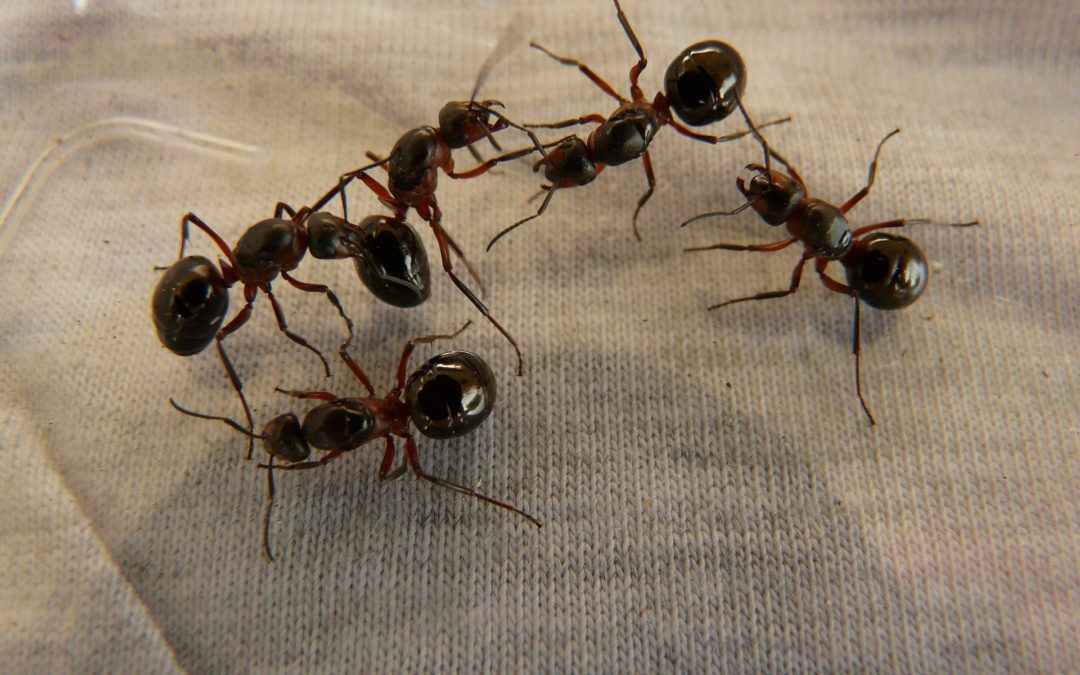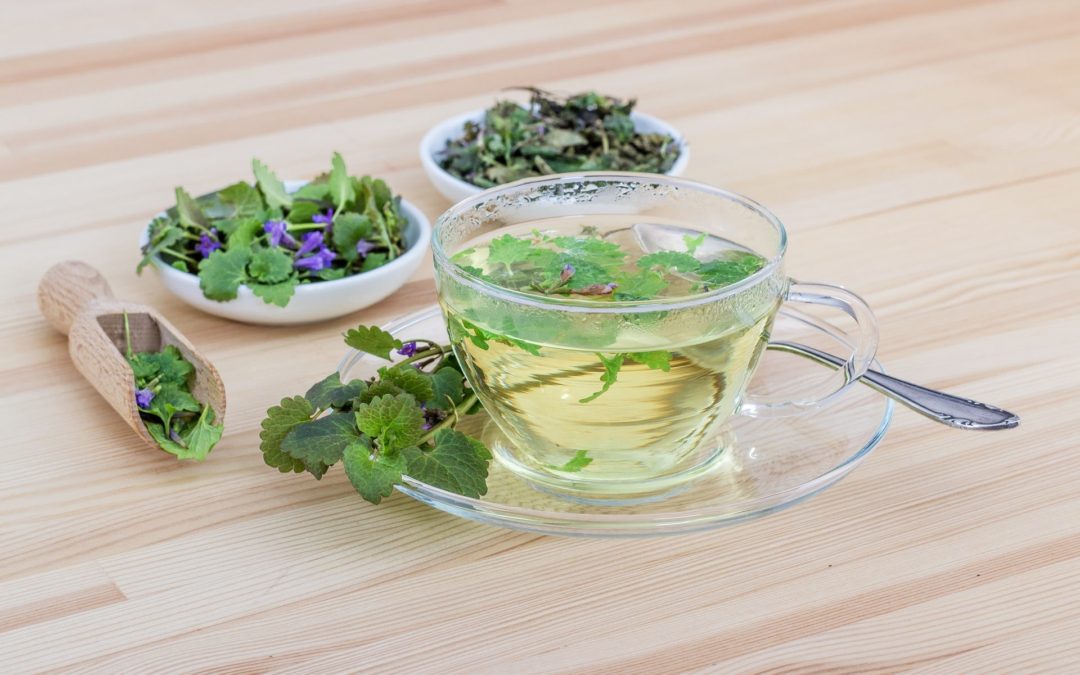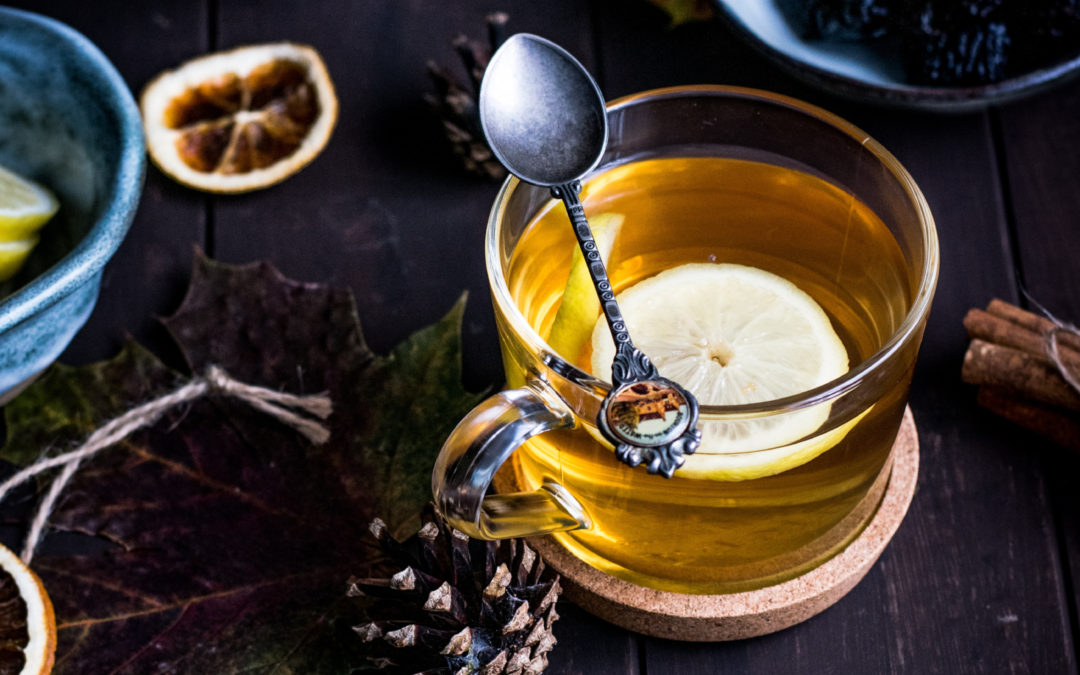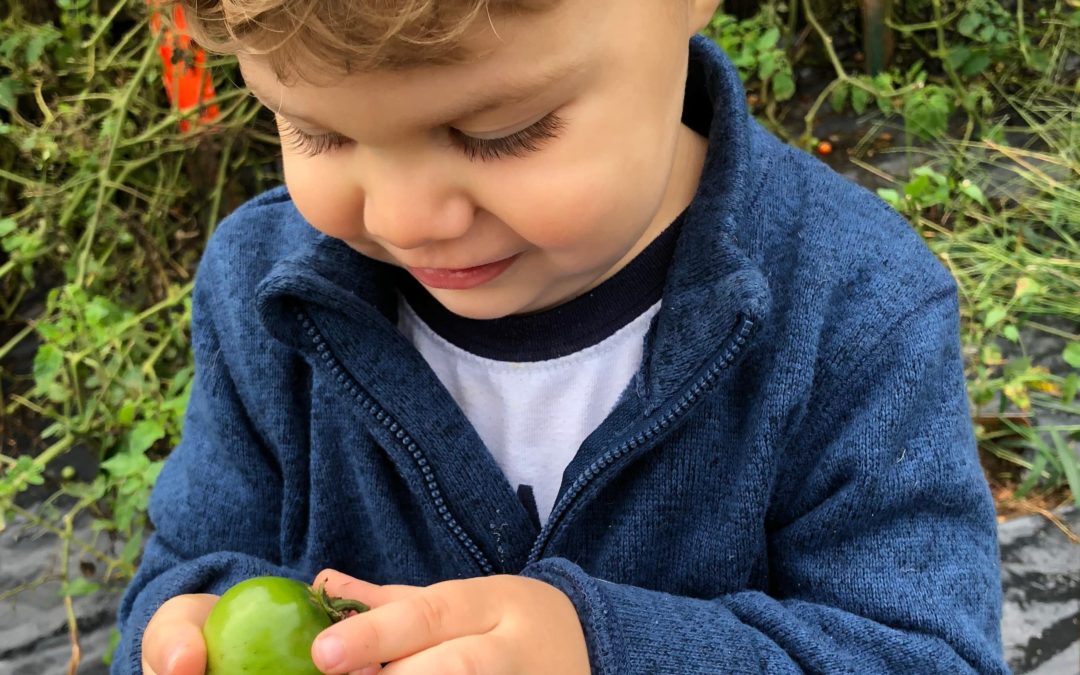
Easy Homemade Ant Killer that Works Immediately
They are the most annoying thing when you are trying to cook. Dodging the ants when cutting vegetables and having to remember to wipe down counters after doing ANYTHING is just plain annoying!
I really try not to use any toxic chemicals when cleaning my house but when it comes to pest control, I have a hard time resisting the urge to wipe them out with whatever means are necessary.
A few days ago, I had just had it with the ants that had started showing up in my kitchen. For a few weeks I dealt with them but I just couldn’t take it anymore.
I searched for natural any killer and found a few solutions.
This easy solution worked wonders for me. A few days later and I have yet to see a single ant. This beats calling an exterminator any day!

For this reason, I try not to use it in cleaning solutions and for other purposes that extend to rooms and surfaces that my kids have access to. However, this recipe calls for a small amount and since I will only (hopefully) be using it once a year, it is definitely worth it.
Borax, also known as sodium borate, can be found in cleaners such as laundry detergent boosters. It can be toxic in very large dosages.
For more information about the safety of borax, this article from Wellness Mama does a good job breaking down the reality of using borax so that you can make the best decision for your house.

Grab the Printable Ant Killer Recipe
This Ant Killer is SO effective, you WILL want to share it with a friend or use it for future outbreaks!
Get the printable version delivered right to your inbox so you don’t have to find it again!
Step 1. Mix together a 3:1 ratio of sugar to borax

Step 2. Add a little water at a time to create a paste like consistency.


Step 3) Soak Cotton balls in the solution

Step 4) Place cotton balls on plate or other surface that ants can easily get to.

Step 5) Determine where the ants are coming from
Once the ants start to swarm, it should be pretty easy to determine where they are coming from.
I could have sworn that our ants were coming in from around out dish washer but we could quickly tell that they were actually coming in through a crack in our wood floor.

Step 6) Plug their entryway with cinnamon
Cinnamon repels ants so if you plug thier entryway with it, they won’t return.
We found that the ants were coming in around trim of a doorway where it meets the floor boards. I just spinkled some cinamon into those cracks and it worked like magic!
A week later and I haven’t seen a single ant! What a relief, hopefully the results are long term but even as a short term fix, this method really works!

Ultimate Homemade Ant Killer Recipe
Step 1: Mix together a 3:1 ratio of sugar to borax.
I do not like making more than I need and you really don’t need to much. I used 3 tablespoons of sugar to 1 tablespoon of borax.
Step 2: Add a little water at a time to create a paste like consistency.
Step 3: Soak cottonballs in the solution. Make sure they are covered in the paste.
Step 4: Place cottonballs on plate or other surface that ants can easily get to. I place several in different areas of my kitchen counter. I even put one in my dishwasher because I could swear that they were coming in through it.
Step 5: Determine where the ants are coming from.
Step 6: Plug their entryway with cinnamon.

Grab the Printable Ant Killer Recipe
This Ant Killer is SO effective, you WILL want to share it with a friend or use it for future outbreaks!
Get the printable version delivered right to your inbox so you don’t have to find it again!

Welcome to Wingin’ it on the Homestead! My name is Stephanie Leaf. I am a wife to a can-fix-anything husband, mother of two boys under 3, future expert gardener, lover of anything old and dusty, and inspiring homesteader. My family and I are new to this journey and loving every minute of it. Please join me in embracing a simpler life!





